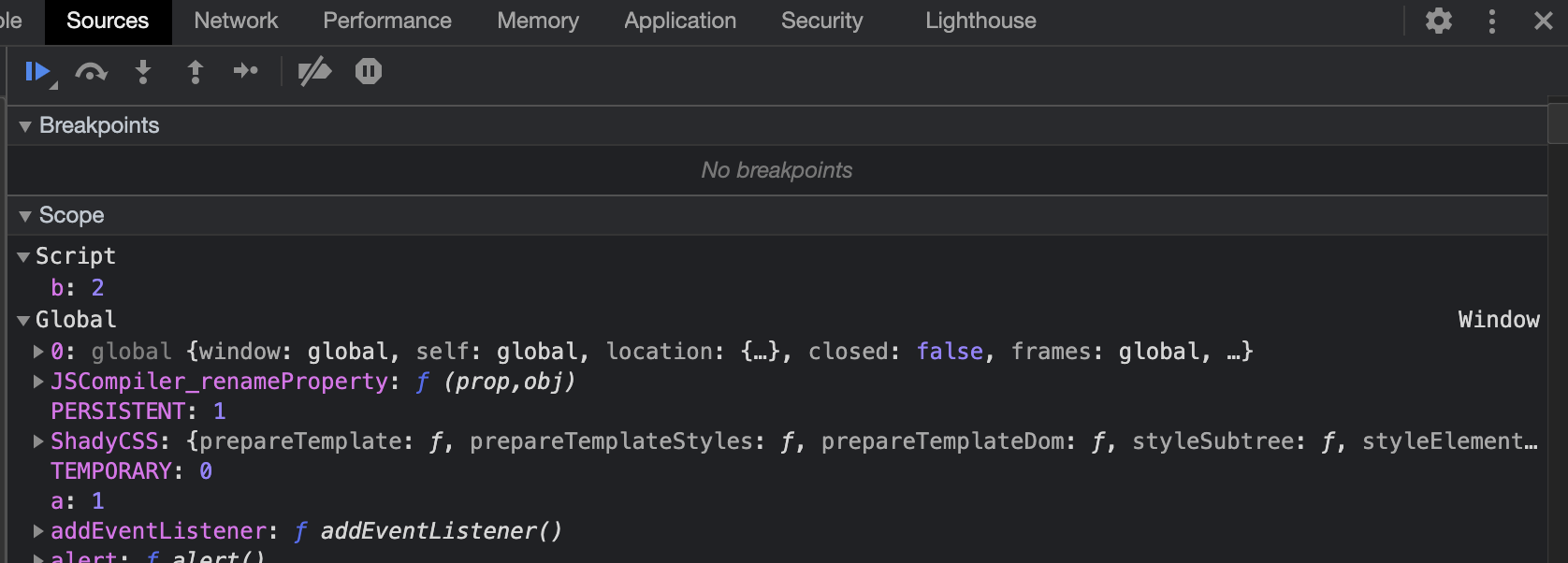1.作用域不同:
var没有块级作用域,let和const有块级作用域
用var声明变量:
for (var i = 0; i < 3; i++) {
console.log(`循环内i的值:${i}`);
};
console.log(`循环外i的值:${i}`);运行结果:
循环内i的值:0 循环内i的值:1 循环内i的值:2 循环外i的值:3
用let声明变量:
for (let i = 0; i < 3; i++) {
console.log(`循环内i的值:${i}`);
};
console.log(`循环外i的值:${i}`);运行结果:
循环内i的值:0 循环内i的值:1 循环内i的值:2 Uncaught ReferenceError: i is not defined
2.暂时性死区:
只要块级作用域有let、const,他们所声明的变量就绑定这个区域,不受外部影响
var a = 10
if (true) {
console.log(a)
var a = 20
}运行结果:10
var a = 10
if (true) {
console.log(a)
let a = 20
}运行结果:Uncaught ReferenceError: Cannot access 'a' before initialization
var a = 10
if (true) {
console.log(a)
const a = 20
}运行结果:Uncaught ReferenceError: Cannot access 'a' before initialization
3.变量提升:
var声明的变量存在变量提升,let、const不存在变量提升
console.log(a)
var a = 10运行结果:undefined
console.log(a)
let a = 10 || const a = 10
// 报错:Uncaught ReferenceError: Cannot access 'a' before initialization运行结果:Uncaught ReferenceError: Cannot access 'a' before initialization
4.重复声明
var声明的可以重复声明, let const声明的不可以重复声明
var a = 10
var a = 20
console.log(a)运行结果:20
var a = 10
let a = 20 || const a = 20
console.log(a)运行结果:Uncaught SyntaxError: Identifier 'a' has already been declared
5.变量能否被修改
var、let声明的变量可以被修改,const声明的常量不可修改
var a = 10 || let a = 10
a = 20
console.log(a)运行结果:20
const a = 10
a = 20
console.log(a)运行结果:Uncaught TypeError: Assignment to constant variable

var和let/const的区别
const:
let/const
let 一般用来声明变量
const 声明常量 函数